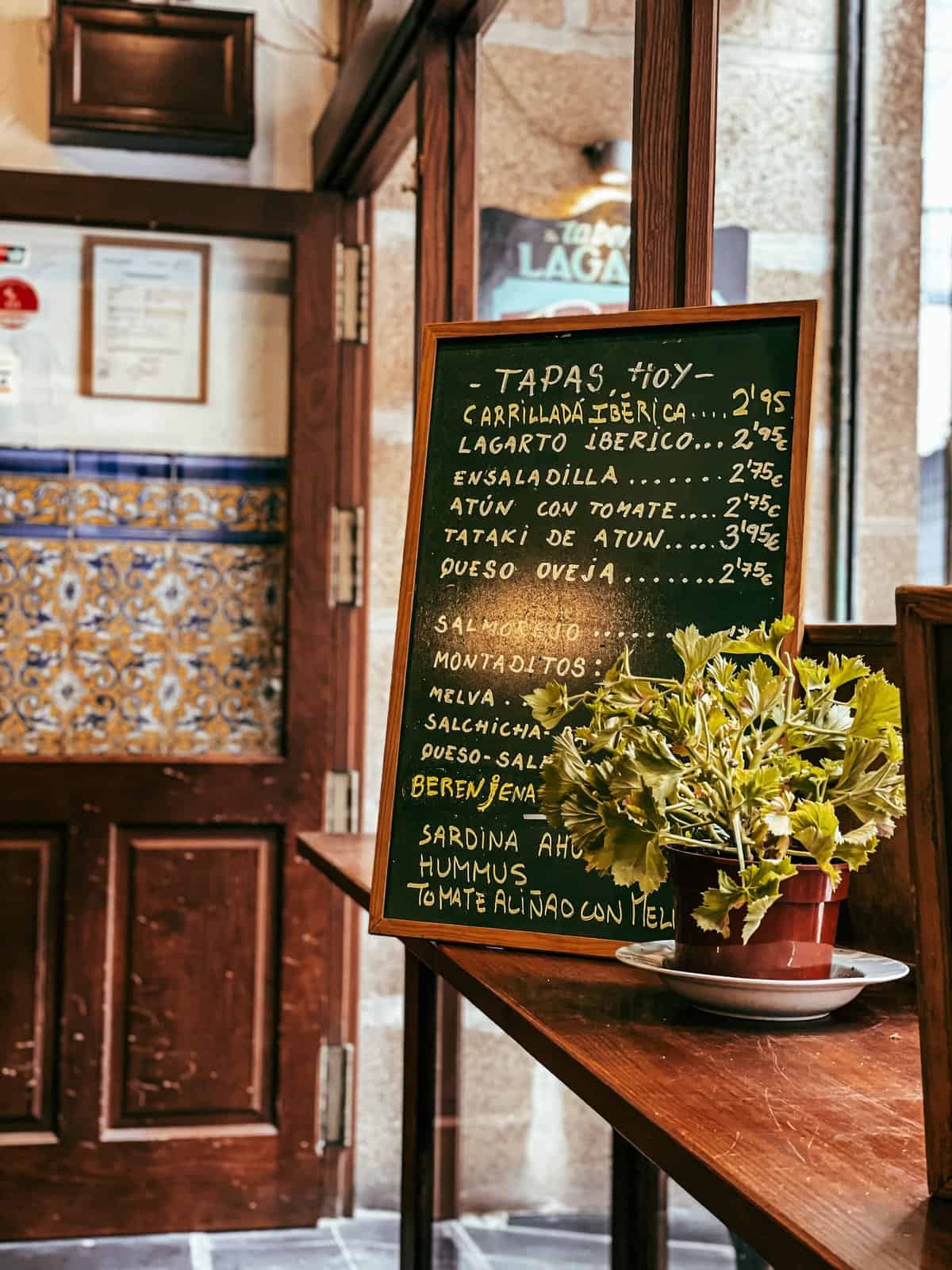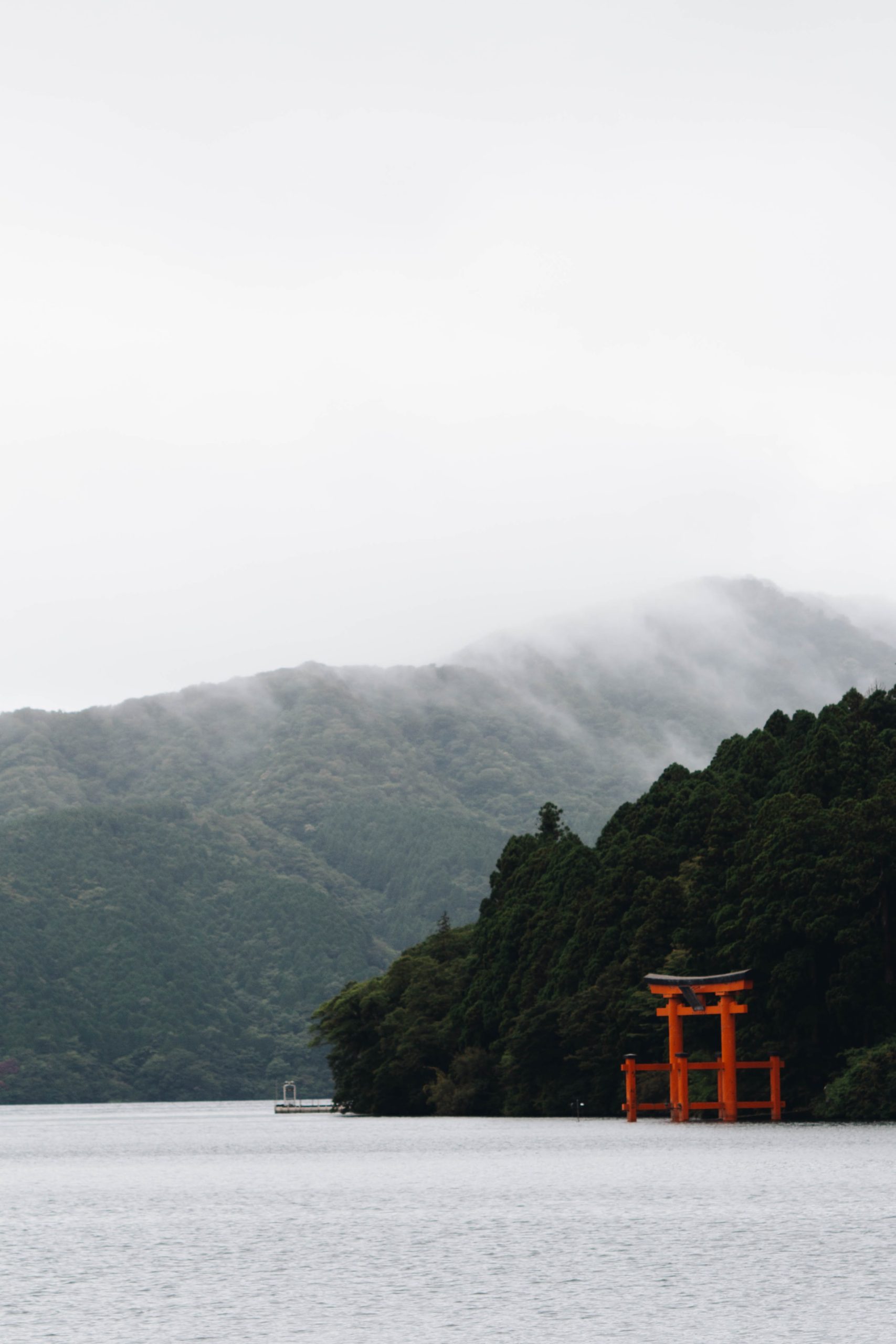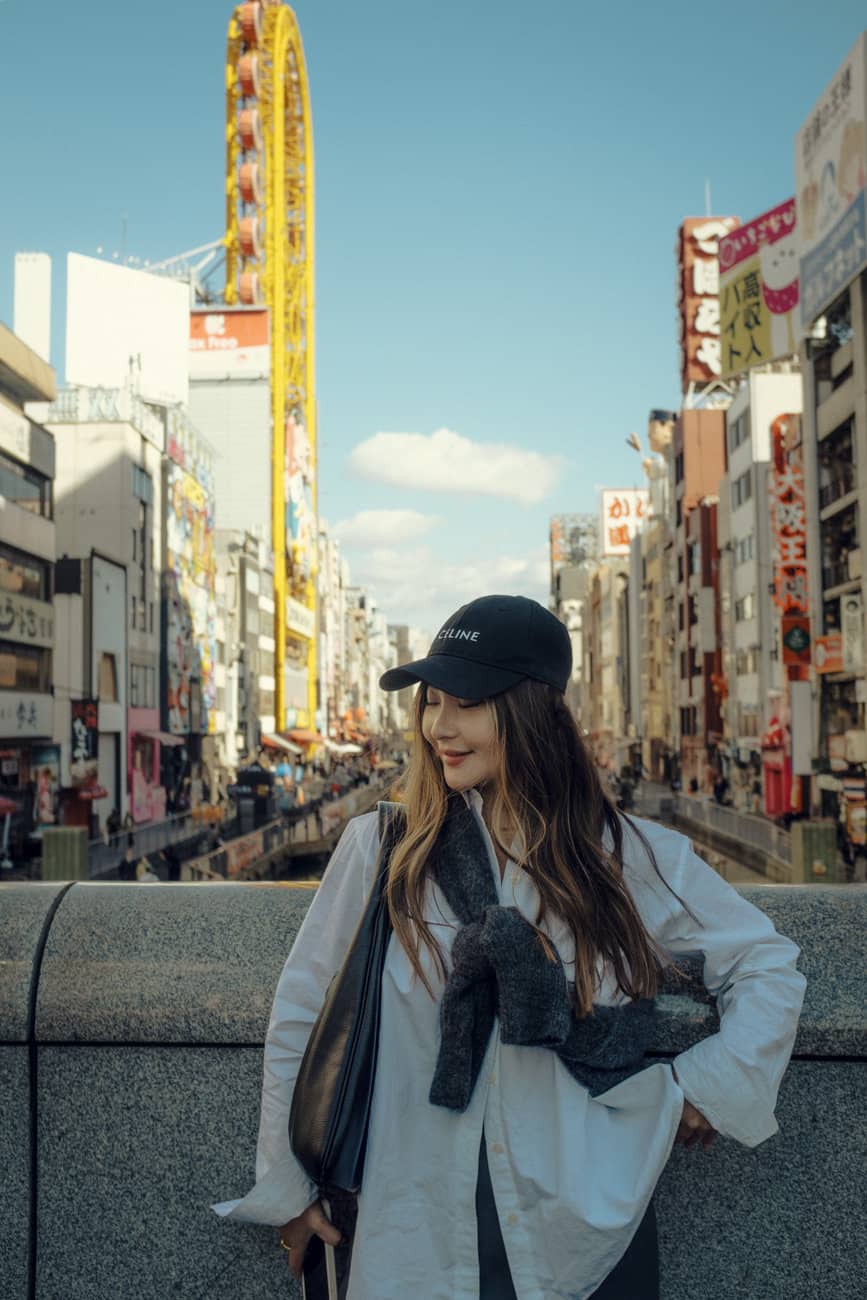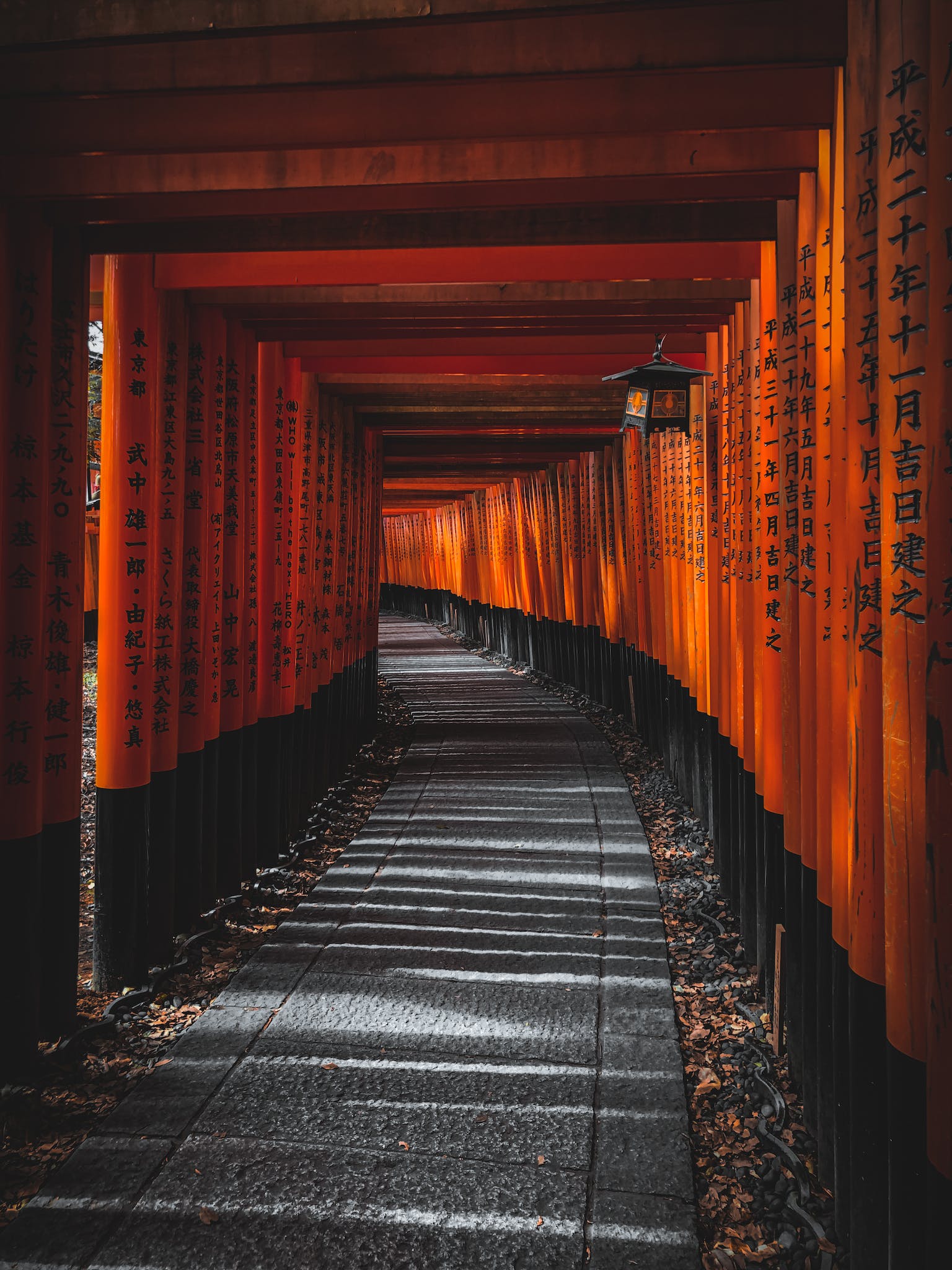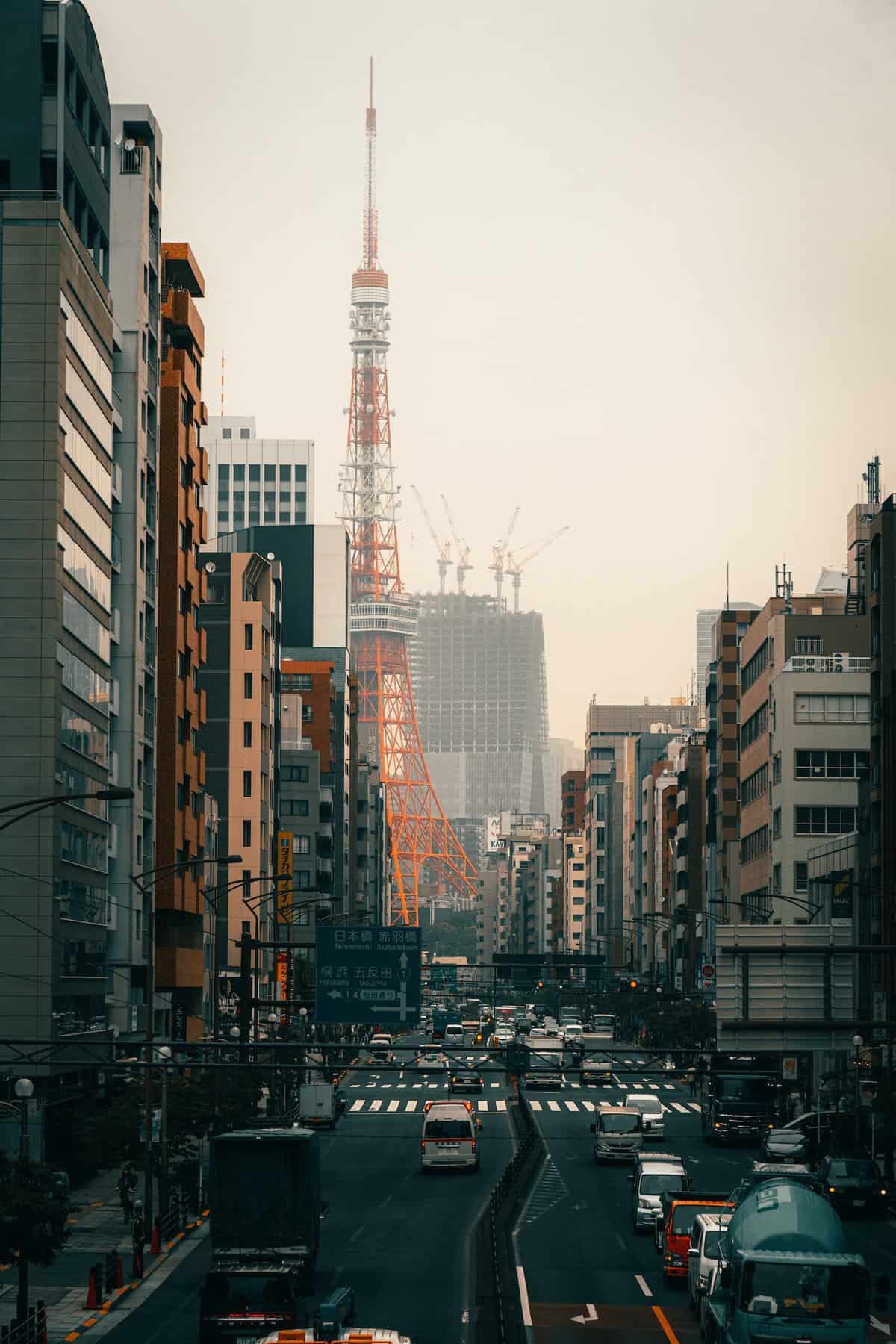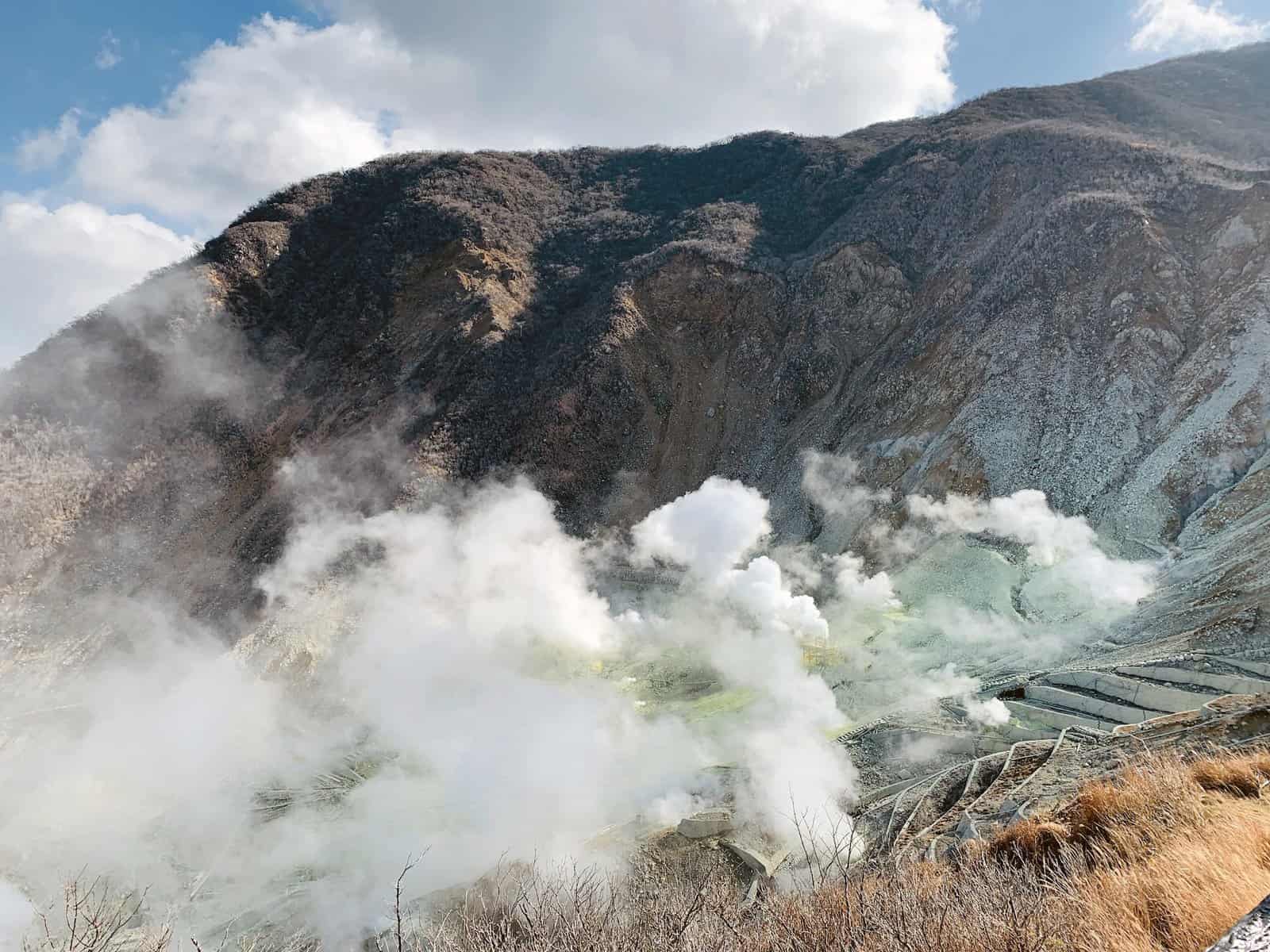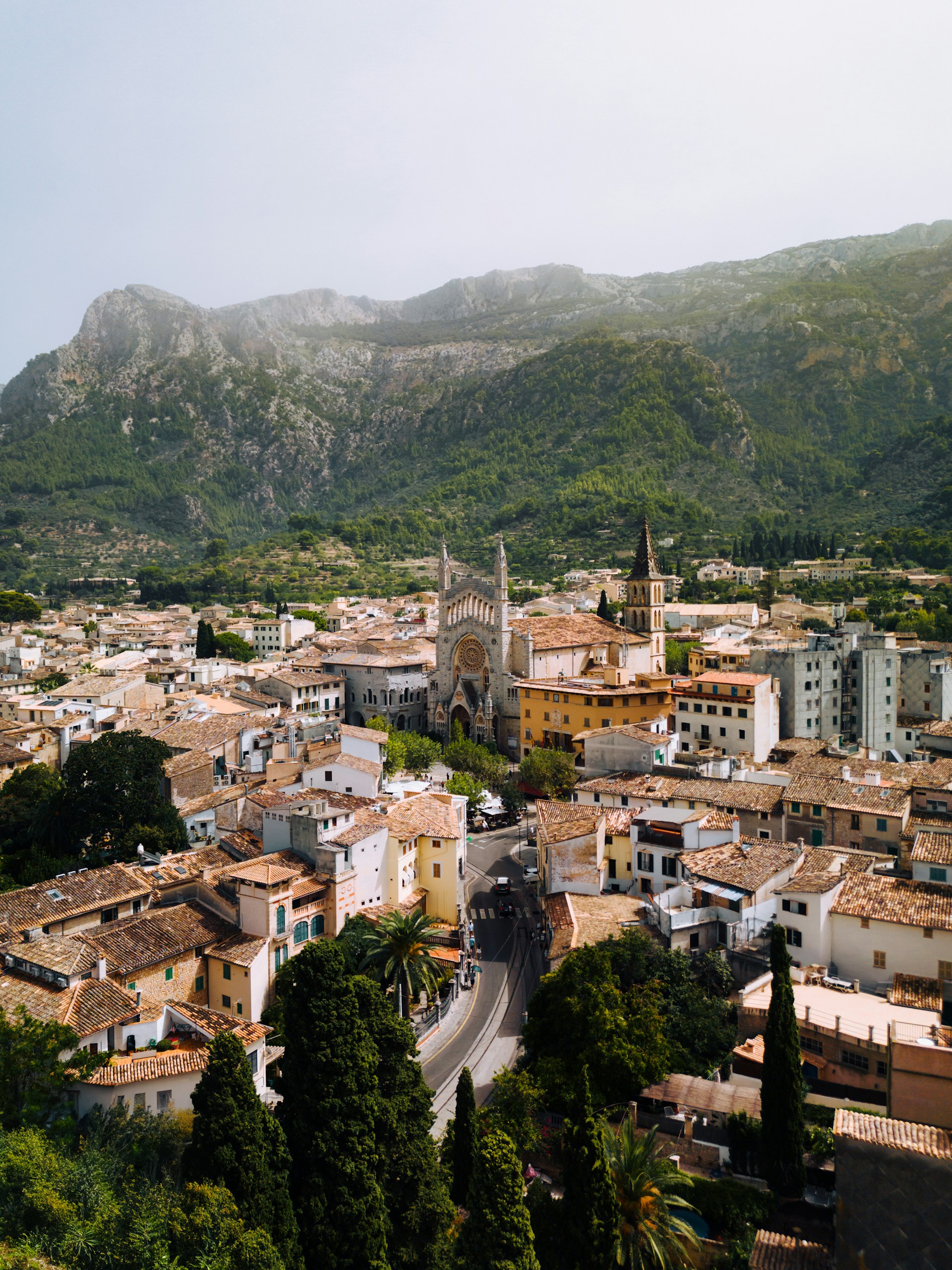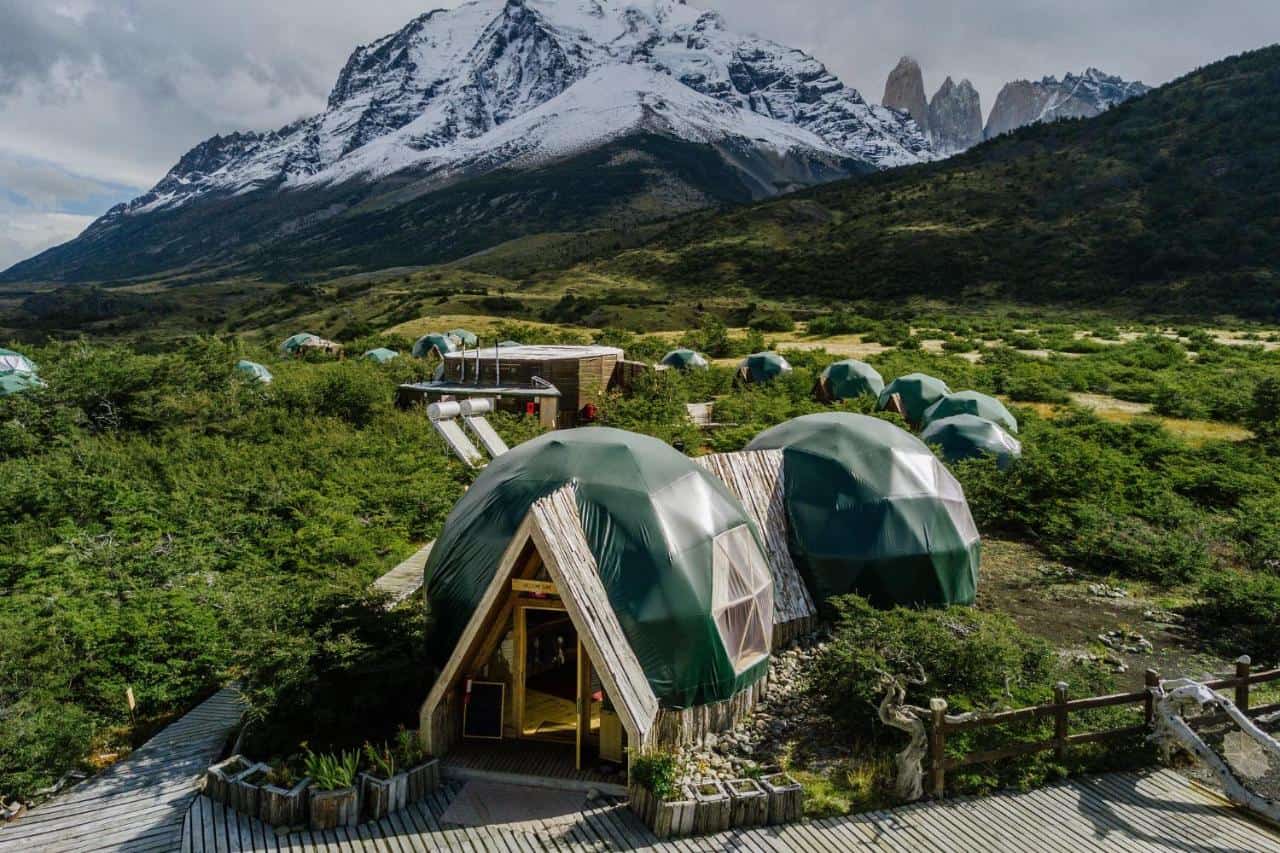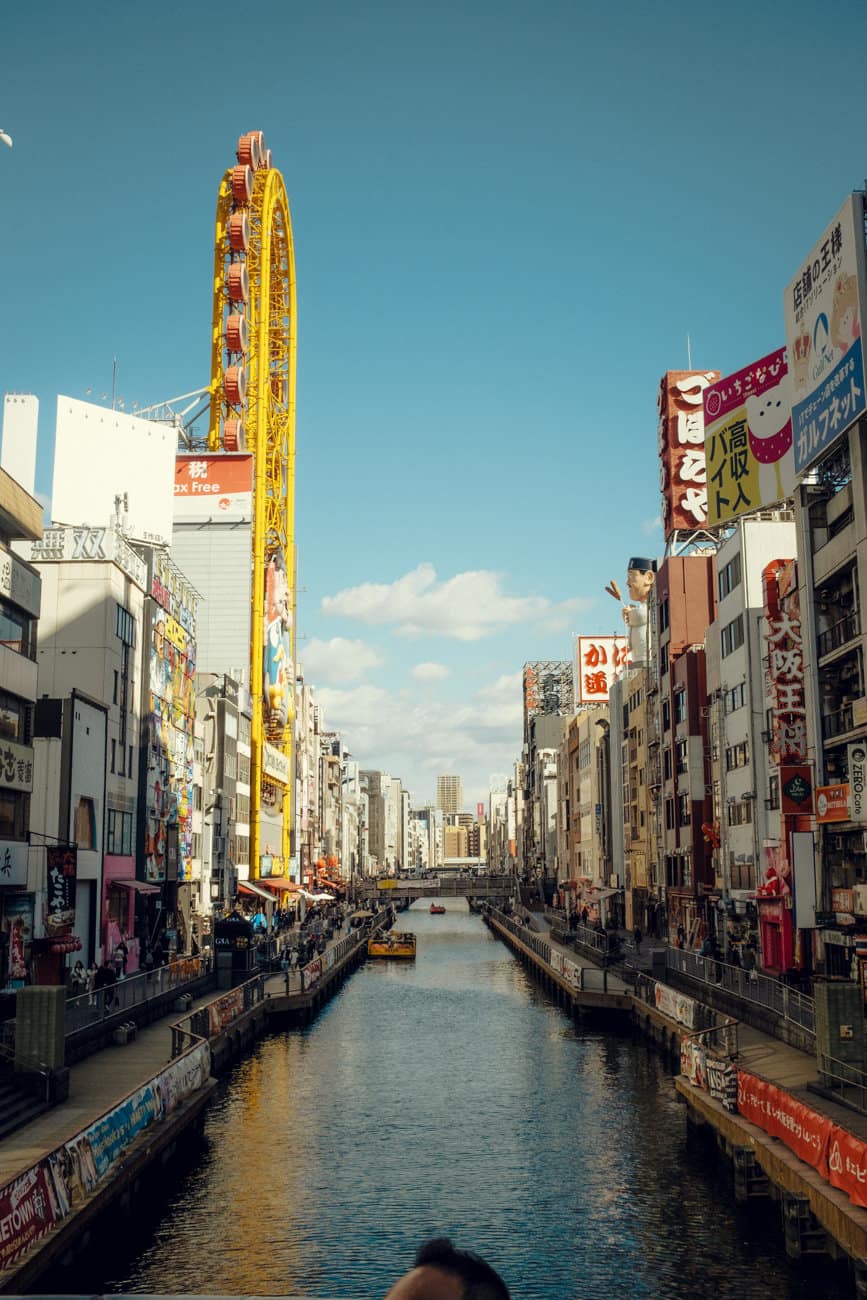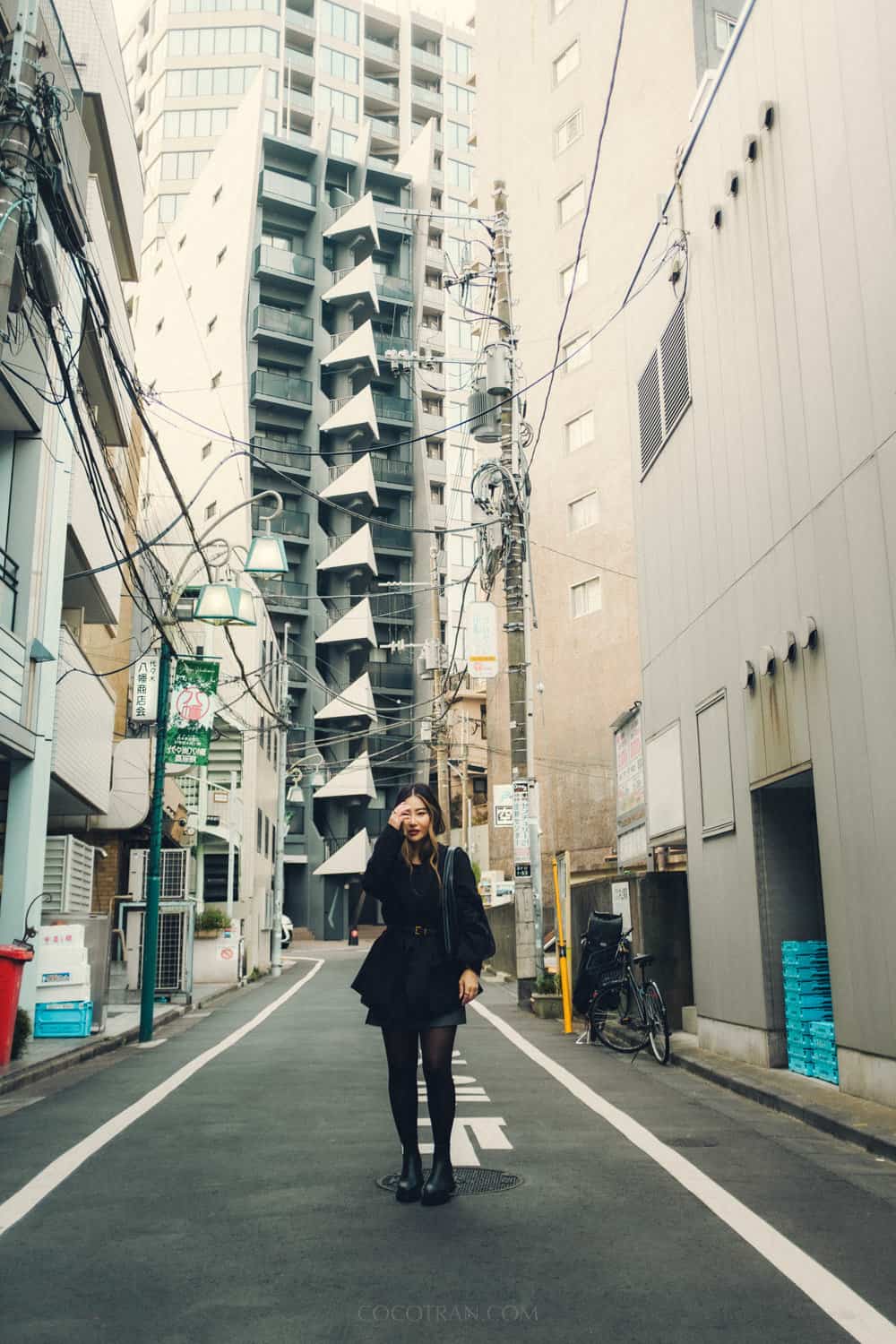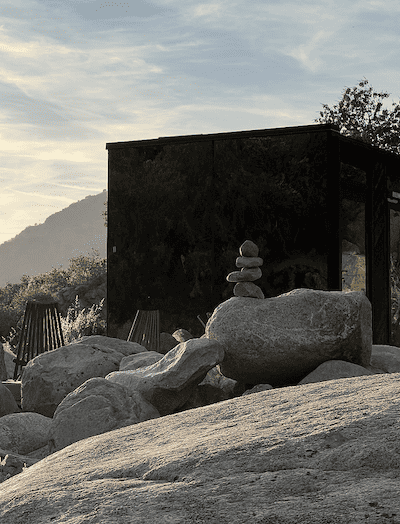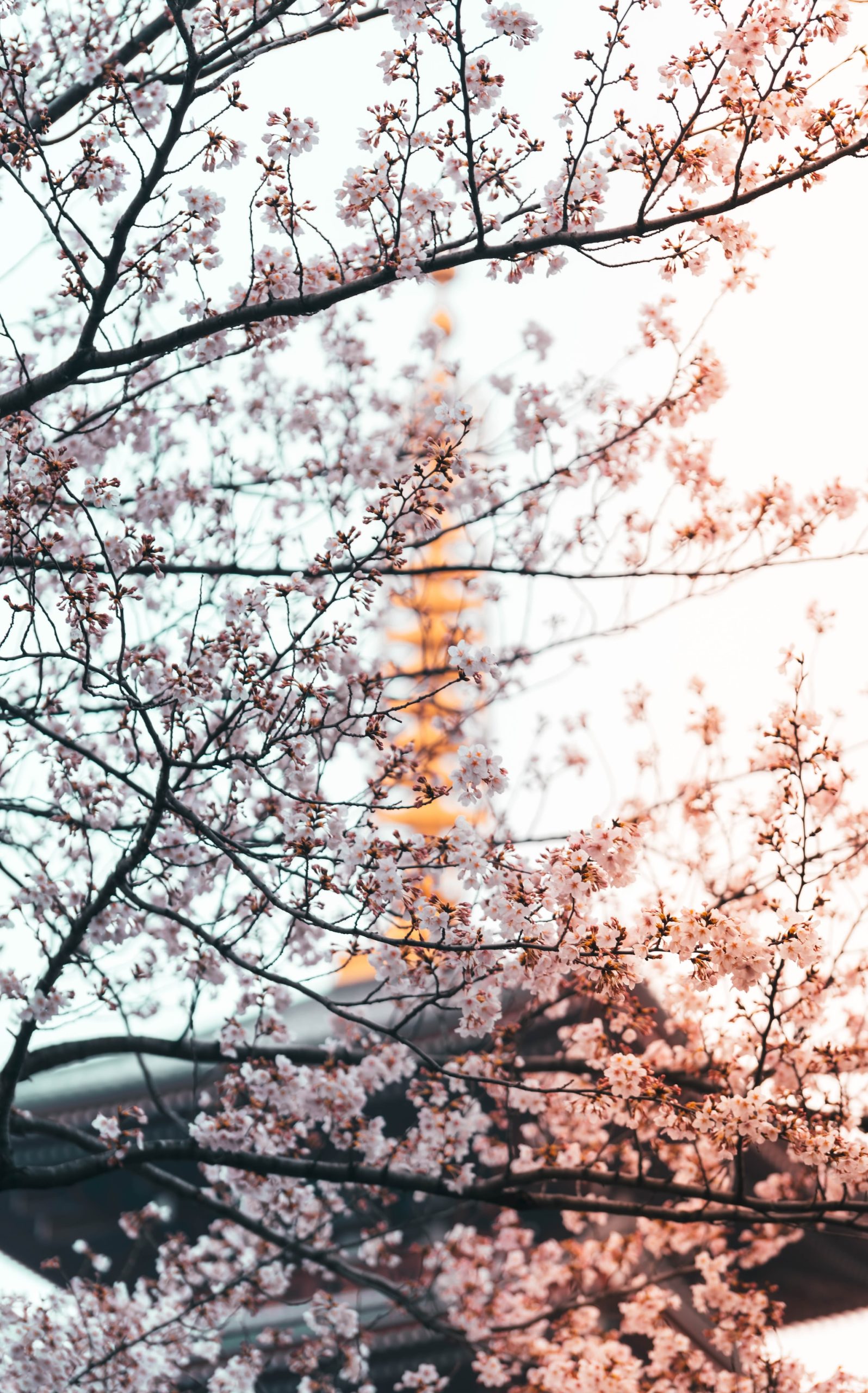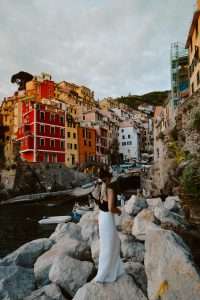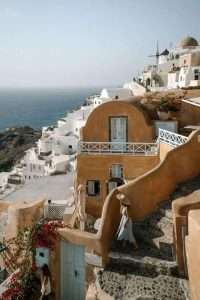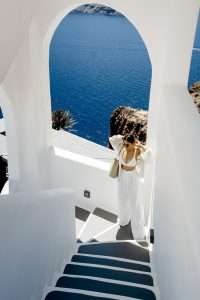The Ultimate Hakone Day Trip Guide: Hakone Day Trip from Tokyo
Are you searching for information on how to go on a Hakone day trip from Tokyo? I did this day trip and overnight trip when I went to Japan for 3 weeks. Here is a full guide that has everything you need to know
A Scenic Mountain Escape from Tokyo Nestled deep in the forested mountains of Kanagawa Prefecture on Honshu Island, Hakone has long been a popular retreat for the people of Tokyo. Just 100 km southwest of the capital, it feels worlds away, with its verdant peaks, hiking trails, abundant hot springs, and views of iconic Mount Fuji.

No time to read the full article?
READY TO BOOK YOUR TRIP?
Best Travel Resources to plan your trip
more helpful travel resources
*This site contains product affiliate links, and I may get a commission, which costs you nothing extra. Thanks for your support
Book This Best Hakone Tour from Tokyo:
The Ultimate Hakone Day Trip Guide: Hakone Day Trip from Tokyo
No Time to Read? Here’s a Quick Overview
- Hakone is a scenic mountain town near Mt. Fuji, known for its hot springs, nature, shrines, museums, and views
- It makes for a perfect day trip or weekend getaway from Tokyo
- Major areas to see include Lake Ashi, Owakudani, Gora, and the hot springs, Hakone Ropeway
- Getting around: Use the Hakone Free Pass for transport, discounts and suggested routes
- Top things to do: Ride the pirate ships, see volcanic Owakudani, visit art museums, soak in an onsen
In This Article: Table of Contents
some links may be affiliate links. If you purchase using the link I may get a small commission which costs you nothing extra.
Planning Your Day Trip Hakone from Tokyo
When to Go Spring for cherry blossoms, autumn for fall foliage are lovely times, though summer and winter have their charms too. Aim for a clear day for the best views. Weekdays are less crowded.
How To Get to Hakone From Tokyo for Day trip to Hakone
Getting to Hakone from Tokyo Traveling between Hakone and Tokyo is straightforward, with comprehensive public transportation by train and bus. Here are your best options:
Odakyu Line Trains Direct Odakyu Line express trains for day trip tokyo to hakone
- The Odakyu train line from Shinjuku Station will get you to Hakone-Yumoto Station
- With a stop at Odawara Station along the way (do not get off at Odawara)
- the journey from Tokyo to Hakone takes between 100 to 120 minutes.
Romancecar Trains for hakone one day trip from tokyo
- For a little luxury upgrade to the Odakyu Romancecar. These sleek green-and-cream colored trains feature spacious seating in 2+1 configuration,
- Attendants serving snacks and drinks, and panoramic windows for the views.
- The Romancecar travels direct from Shinjuku to Hakone-Yumoto in just 80 minutes.
Buses from tokyo to hakone
- from Shinjuku Odakyu operates direct highway buses from Shinjuku Station to major Hakone destinations like Lake Ashi, Gora and Owakudani.
- Travel time is 90 to 120 minutes.
- Buses work out cheaper than trains
Driving to Hakone from Tokyo
Driving your own car allows flexibility to stop as desired en route.
- From central Tokyo figure on 90 minutes of expressway driving, plus road tolls, fuel and parking fees.
Bullet train From Tokyo to Hakone
Unfortunately, there is no bullet train access directly from Tokyo to Hakone. However, here is some information on getting to Hakone using Japan’s high-speed shinkansen bullet trains:
The closest bullet train station to Hakone is Odawara Station on the Tokaido-Sanyo Shinkansen line. Special express trains on this line connect Tokyo Station with Odawara in around 35-40 minutes.
Tip: Because it is a special express train you’ll need to purchase an additional express ticket on top of the regular train or JR rail pass.(you have to purchase this at the Odawara station or ahead of time at the JR office or on the train)
Tip: this express train is very popular, so if it happens to be full (like when we went) you’ll have to take the regular train (which takes longer) or you’ll have to wait an hour or so until the next one gets there.
Insider Tip: I recommend you get in line once you reach the Odawara station immediately so you can be the first to board and secure a seat!
From Tokyo Station, take the Hikari or Kodama bullet train heading towards Shin-Osaka or Hakata. Get off at Odawara Station.
More Japan Articles
When traveling from Tokyo to hakone day trip with a Japan Rail Pass
you can ride the Shinkansen bullet train for free to Odawara with the JR raill pass.
From Odawara, you then have a few options to travel onward to Hakone:
- Hakone Free Pass: From Odawara Station, purchase a Hakone Free Pass (either the standard version or a discounted version without the return trip from Tokyo included).
- This pass allows unlimited use of almost all trains, buses, boats and more within the Hakone region.
- The full pass includes return travel from Odawara to Shinjuku by regular Odakyu express train.
Transportation in Hakone
Getting Around in Hakone
For getting around the Hakone area itself, the Hakone Free Pass is almost essential, covering trains, buses, boats, ropeways and more.
Where to Stay in Hakone
Consider staying overnight at a hot spring ryokan to fully experience Hakone’s famous onsen. There are options for all budgets. I loved staying at Hakone Kwankokien. Their rooftop onsen has the best view of the sunrise.
What to Bring on tokyo hakone day trip
What to Bring on Your Hakone Trip To maximize enjoyment on your travels in and around Hakone, pack:
- Comfortable walking shoes
- Sturdy walking shoes for the hilly terrain
- Hat and sunglasses for sunny days
- Light jacket – the mountains can get cool even in summer.
- or sweater for cool mountain air
- Extra cash for food, gifts, entrance fees etc
- Swimsuit if you plan to visit an onsen
- Camera for the views
- Umbrella or rain pancho if rain likely
Things to Do in Hakone Lake Ashi
The glittering caldera lake is ringed with attractions like the iconic red Hakone Shrine torii gate, sightseeing cruises and relaxed nature spots. Don’t miss…
- Floating Hakone Shrine gate
- Old Tokaido footpath
- Lake Ashi pirate ships
- Regular Mt Fuji sightings on clear days
Owakudani
See the desolate, sulfur-scented landscape created by volcanic activity and try the black eggs boiled in the hot springs. Just the ropeway ride itself has superb views.

Hakone Open-Air Museum
A world-class outdoor art museum hidden in the mountains, with works by Picasso, Rodin and more set across a sprawling park.
Gora Area
This mountain town has several art museums, parks, cafes and shops worth exploring if you have more time.
Hakone Hot Springs
Take your pick from traditional ryokan baths to quirky themed springs and affordable public ones. Soaking in an onsen is a quintessential Hakone experience.
More Ideas: Hiking trails, crafts workshops, sake breweries.
This scenic mountain town has plenty to offer visitors seeking a break from the big city. In Hakone, you can admire ancient art, sail on a pirate ship, stroll through sulfurous valleys or relax in soothing thermal waters. With careful planning, you can experience the best of this beautiful area even on a hakone day trip from Tokyo.
Hakone 1 day itinerary: 1 day itinerary Hakone
Here is my suggested 1 day Hakone itinerary for visiting Hakone from Tokyo:
8:00am – Leave Tokyo Take the Odakyu express train or Romance Car from Shinjuku Station to Hakone-Yumoto Station. The journey takes between 90-120 minutes.
10:00am – Hakone-Yumoto Station
Arrive and get your bearings. Buy a Hakone Free Pass for easy transport around the Hakone area if you didn’t already purchase one online.
10:30am – Lake Ashi Take the bus towards Lake Ashi. Get off at Moto-Hakone Port, a good central point for exploring the lakeside.
11:00am – Walk Lakeside
Go for a scenic lakeside stroll from Moto-Hakone towards Hakone Shrine. Take in views of the lake and Mt Fuji across the water.
12:00pm – Hakone Shrine Visit the iconic floating torii gate. Then head up to explore the historic shrine complex and see the giant old cedar trees.
1:00pm – Lunch Enjoy lunch at one of the restaurants near Moto-Hakone Port or Hakone Shrine. Popular options include soba noodles, sushi and tempura.
2:00pm – Pirate Ship Cruise From Moto-Hakone Port, take a 30 minute ‘pirate’ ship cruise across the lake towards Togendai. Admire views of Mt Fuji and sights along the way.
3:00pm – Owakudani From Togendai, take the ropeway up to Owakudani. Walk around the volcanically active landscape and try a famously weird black egg boiled in the hot springs.
4:30pm – Open Air Museum Take the ropeway to Sounzan Station then the bus or walk to the Hakone Open Air Museum. Spend time wandering through the outdoor sculpture gardens here.
6:00pm – Onsen Soak in a hot spring bath to relax tired muscles before the journey back to Tokyo. Public onsen in Hakone Yumoto are often open late.
7:30pm – Return to Tokyo From Hakone Yumoto Station, take the return Odakyu express train or Romance Car back to Shinjuku Station in Tokyo.
Arrive around 9pm after a full day of sightseeing.
Hakone Seasons to visit
Hakone enjoys all four seasons, each with their own special charm:
Spring in Hakone one day trip
As the snow melts to reveal Hakone’s mountain peaks and valleys, the cherry trees burst into flower. See the delicate pink blossoms reflected in the still waters of Lake Ashi. Late April to early May is peak season.
Summer in Hakone for a day trip
The moist climate keeps Hakone lush and green even in summer. Escape the intense Tokyo heat to enjoy Hakone’s cooler mountain temperatures.
Autumn in Hakone
Vibrant red and gold maple leaves contrast beautifully with evergreen pines and Hakone’s gray volcanic rocks. Lake Ashi’s clear reflections double the impact. Peak foliage comes in early November.
Winter in hakone
A snow-coated Hakone looks simply magical in the chill of winter when the sulfurous steam columns of Owakudani contrast sharply with the snowy peaks.
The Best Time to Visit Hakone
Cherry blossom season in spring and the fall foliage months tend to draw the biggest crowds, but also promise exceptional scenery.
June and July deliver green abundance without intense summer heat, while January and February winter days can be starkly beautiful too.
For smaller crowds at the main sights, target weekdays and off-peak seasons. But keep in mind that some smaller museums and establishments may have reduced operations on weekdays or in winter.
Finally, to maximize your chances of seeing Mount Fuji from Hakone’s many vantage points, aim for a crystal clear, cloudless day if possible (best during the winter months November-December)
Where to Stay in Hakone Overnight
With so much to see and do, an overnight stay or two lets you experience Hakone at a more relaxed pace.
Accommodation in Hakone options range from luxury resorts with private onsen hot spring baths to affordable guesthouses and hotels. Consider where you want to explore most to pick your ideal base.
Here are some top areas to stay in Hakone
Hakone Yumoto Home to dozens of ryokan inns with hot spring baths, Hakone Yumoto, the gateway town to the area, transports you back to historic Edo Japan. This transportation hub makes a central base for exploring by train, bus and more.
Miyanoshita & Kowakidani Further in the mountains past arty galleries, cafes and retro hotels, these quaint historic towns exude nostalgic vibes in beautiful natural settings.
Moto Hakone & Lake Ashi Ringed by iconic sights, walking trails, pirate ships, hotels and restaurants, staying lakeside by Mount Fuji puts you at the heart of the action.
Gora & Sounzan
Nestled high in Hakone’s peaks, Gora charms with mountain chic. The decorous town has museums, shops, sweeping valley views and access to hiking trails.
Owakudani Only a few ryokan dot this desolate volcanic valley best known for its scenic ropeway, but they feature some indulgent amenities like private outdoor hot spring baths.
Top Things to Do in Hakone on a Day Trip
With so much scenic beauty and cultural attractions on offer, a Hakone day trip from Tokyo can feel almost overwhelmingly packed. Here is an at-a-glance summary of must-visit Hakone highlights:
- Sail Lake Ashi on a pirate ship
- Walk the forested Old Tokaido Highway
- Snap the iconic Hakone Shrine and torii gate
- Spot Mt Fuji from Moto Hakone Port
- Eat black eggs in volcanic Owakudani
- Soak in hot spring baths
- Lose yourself amid outdoor art at Hakone Open Air Museum
Now let’s explore the best places to visit in detail.
Lake Ashi (Ashi no Ko)
Like a jewel nestled high in the mountains, glittering cobalt-blue Lake Ashi is undoubtedly Hakone’s shimmering star attraction. Unfurling in an east-west orientation with Mount Hakone looming steeply along its northern shores, Ashi no Ko gleams serenely on sunny days, perfectly reflecting the neighboring peaks, as rowboats bob gently offshore.
Cradled by thickly forested slopes, Lake Ashi brims with attractions both cultural and natural, including some quintessential Hakone experiences.
How to Get to Lake Ashi Hakone
Lake Ashi stretches over a long swathe of Hakone’s coastline, served by various stops on the H Line municipal bus from Hakone-Yumoto and Moto-Hakone Stations. Top access points include:
- Moto Hakone Port
- Hakonemachi Port
- Sightseeing Cruise ships
You can also drive around the lake or be dropped off by regular tour buses. With a Hakone Free Pass, all transport on H Line buses is included.
Things to Do at Hakone day trip Itinerary
Best Things to Do Around Lake Ashi Hakone
No Hakone trip would be complete without spending a delightful few hours immersing yourself in picturesque Lake Ashi and its surroundings. Here are our top recommendations:
Take a Sightseeing Cruise on a Pirate Ship Hakone’s famed sightseeing ships ply a route between Moto Hakone and Togendai, two ports on opposite shores of Lake Ashi, taking around 30 minutes one-way.
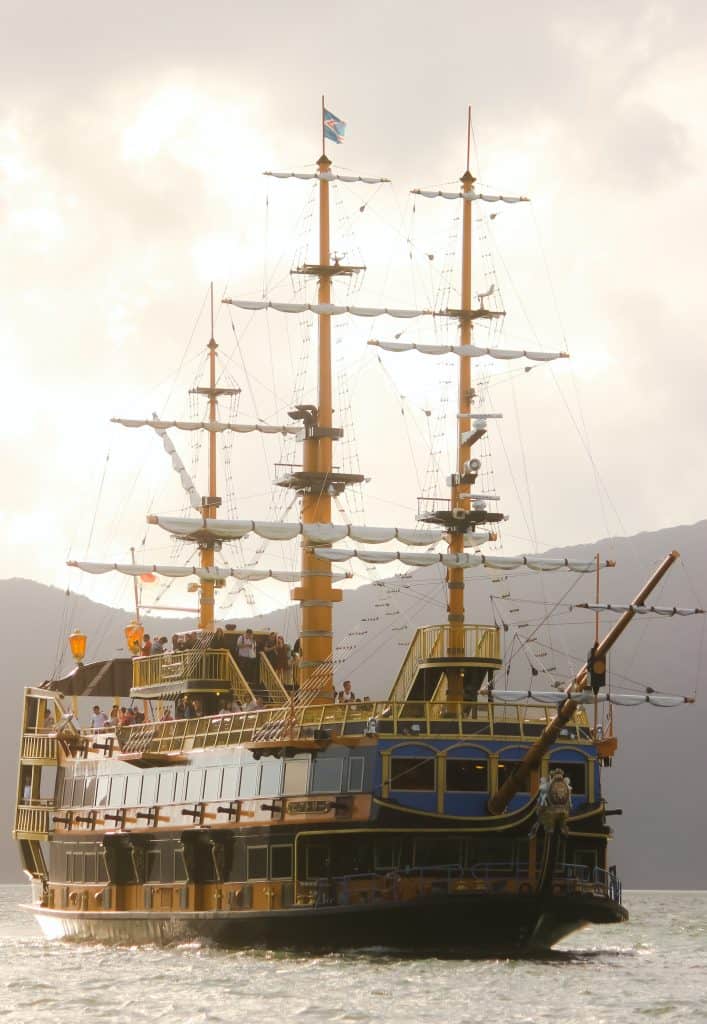
These funky black galleons, designed like 17th-century Man o’ War battleships, have been delighting kids and adults alike for decades. As you sail smoothly across the water, admire panoramic views of the lake and Mount Fuji towering magnificently beyond (if visibility allows).
Passing by iconic Hakone Shrine’s scarlet torii gate rising improbably from the lake, your ship weaves through a flotilla of colorfully decorated smaller boats near Kojiri. Disembark at Togendai to catch the scenic ropeway up to Owakudani.
The old-fashioned ships have indoor and outdoor seating areas and a small lounge bar selling snacks and pirate hats for kids!
Tickets cost around 1,000 yen one-way or 1,500 yen for a round trip, but sailing is included in the Hakone Free Pass .
Walk the Old Tokaido Highway
Hakone was a major checkpoint along the famed Tokaido Highway linking Tokyo and Kyoto. Stroll a preserved stretch of the original stone-paved road through the forest near Moto Hakone to get a taste of old Japan.
Start at the Amazake Tea House dating to the 1600s, sipping sweet rice wine before entering the shaded path flanked by towering 400-year-old cedar trees. It’s a scene straight out of a Hiroshige woodblock print! Emerging near Hakone Sekisho barrier gates, you’ll understand why this was such a critical chokepoint.
Take a photo at iconic Hakone Shrine
Rising brilliant red through the morning mists of Lake Ashi, the giant torii gate guarding Hakone Shrine has become globally famous. That makes it an obligatory selfie stop!

Perched high above the lake, this important Shinto shrine founded in 757 AD is a serene retreat with ancient towering trees, vermillion halls and a ritual sake fountain coursing with crystal clear water.
After praying for good fortune, stroll down the steps through the torii emerging lakeside. Line up on the small wooden dock for classic framed photos with the torii and Mt Fuji reflection shimmering on the still water. It’s one of Japan’s most iconic scenes.
Tip: There is usually a long line that can be over an hour long. Try to get here early or later in the day to avoid the line.
Snap the postcard view at Moto Hakone Port Crowds flock to Hakone Shrine’s torii gate, but for picture-perfect views over Lake Ashi to Mt Fuji, head a hundred meters further south to Moto Hakone Port.
On sunny days when visibility stretches 80 km to the iconic mountain, the vistas are just breathtaking. With boats bobbing in the foreground and the shrine gate to one side, this is the money shot!
Peaceful walking trails surround Moto Hakone’s inlet
dotted with small jetties. Nakano Island nearly straight ahead makes a pleasant short hiking loop through the forest.
For the classic view, a small hill beside the lakeside shops and restaurants offers a popular angle. But don’t be afraid to explore along the waterfront – with clear weather the views look gorgeous from anywhere!
Explore Onshi Hakone Park and Museum
Just behind Moto Hakone Port lies sprawling Onshi Hakone Park, resplendent each season in lush greens or autumnal hues. Shaded walking paths meander around a landscape dotted with historic sites like a 3rd-century burial mound and remnants of old fortifications. For history buffs, the Seki Bunka museum illuminates the area’s role in trade and politics.
Or simply stroll leisurely through stone gardens and bamboo groves past mossy sculptures enjoying superb views over Lake Ashi and south beyond the inlet to the Izu Peninsula stretching along the horizon.
Onshi Hakone Park
connects directly into the forested slopes through which passes the Old Tokaido Highway heading towards Hakone Shrine.
Getting back to Tokyo from Lake Ashi
Returning to Tokyo is super convenient from any spot around Lake Ashi thanks to the excellent regional transportation network centered on Hakone-Yumoto Station.
Simply catch any H Line bus back to Hakone Yumoto and grab direct Odakyu express trains to Shinjuku. With a Hakone Free Pass, your return trip is already covered!
Or linger a little longer soaking in more of Hakone’s wonders…
Owakudani in Hakone
The Great Boiling Valley No trip to Hakone is complete without venturing into its volcanic heart at desolate Owakudani. Translating ominously as ‘Great Boiling Valley’, this active geothermal zone 3 km south of Lake Ashi practically oozes with quarky charm.
Belching sulfurous fumes from vents dotting its barren gray slopes, Owakudani occupies part of Mount Hakone’s ancient collapsed caldera. Boiling hot springs and mineral-stained rocks hint at extreme subterranean heat mere meters below your feet – a rare and humbling experience so close to Japan’s teeming capital.
Owakudani Hakone things to do
Activities at Owakudani are essentially centered around experiencing the unique volcanically active landscape in a few limited ways:
Ride the scenic hakone ropeway
The main attraction at Owakudani is actually the ropeway ride up the mountainside from Togendai. Dangling above sulfuric vents hissing steam, the cable car serves up thrilling views across the rugged valley towards iconic Mount Fuji on clear days.
The ropeway passes over jade-hued mineral ponds and steaming vents painting the slopes in gold, yellow, black and white mineral stains – colors so vibrant they hardly seem real!
From Owakudani Station, a scenic nature trail loops around the sulfurous scene, though volcanic gases occasionally necessitate closing parts of the generally short walking paths.
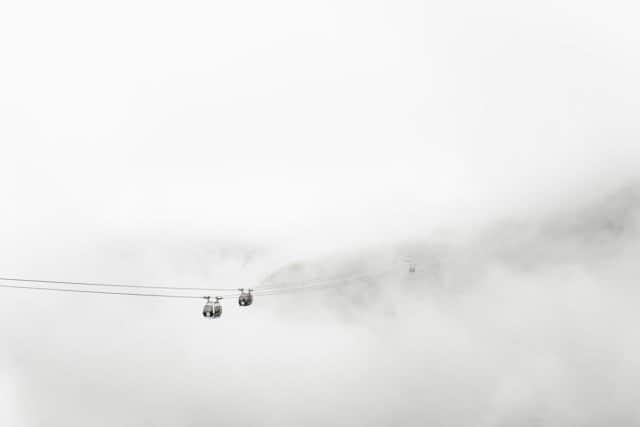
Eat the black eggs
Owakudani’s famously weird specialty is eggs hard-boiled in the mineral-rich hot spring waters, which turn the shells black! Local legend promises they’ll add seven years to your life for each one eaten. Though they look weird, the contents taste much like regular hard-boiled eggs.
Quirkier stalls sell ‘sandwiches’ of black egg and sorts between two giant crackers – a fun souvenir for kid and adult egg-lovers!
Snap those selfies carefully! The stark volcanic landscape looks almost alien but makes for unusual selfies. However, breathing sulfur dioxide and hydrogen sulfide gases boiling out
of Owakudani can irritate lungs, so don’t overdo it. Avoid approaching vents hissing steam and keep children safe. The ropes and signs mark safe areas for visitors, so stick to designated paths and viewing platforms.
How to get to Owakudani hakone
Reaching Owakudani is straightforward using the Hakone Tozan transportation network, especially with the convenient Hakone Free Pass:
- From Togendai Port on Lake Ashi, the scenic ropeway is obviously the most popular route up.
- Cable cars depart every 15-20 minutes.
- From the nearby Odawara area, regular local buses serve Owakudani, especially popular for tourists staying overnight
- Scenic Hakone Taxi services connecting major attractions also stop here for those with limited mobility.
With Owakudani located rather centrally in Hakone’s sightseeing zone, you can combine it efficiently with visits to Lake Ashi, the Open Air Museum and more during a rewarding day trip showcasing some iconic Hakone experiences.
Hakone Open Air Museum
Sprawling extensively over a leafy hillside, Hakone Open Air Museum spotlights a world-class collection of outdoor sculptures by prominent modern artists. More than 120 works are exhibited year-round across the expansive parkland, with additional pieces displayed periodically.
Past a Picasso Pavilion housing an excellent repertoire of the master’s paintings and ceramic creations, pathways meander through peaceful woods and rambling gardens. This natural setting interplays engagingly with artworks crafted from wood, glass, stone, brick, metal and concrete.
Signature Works at Hakone Open Air Museum Signature pieces gracing the scenic grounds have included:
- Symphonic Sculpture by Gabriel Loire – a monumental construction in iron, glass and stone undulating musically
- La Tour du Monde by Marta Pan – a hanging spiral of giant iron arches to stroll within
- Embodiment of the Spirit by Henry Moore – one of his iconic large-scale abstract human figures in bronze amidst reflecting pools
- Crawling Through by Sorel Etrog – a giant bronze piece resembling an abstract insect
- Magdalena Abakanowicz’s headless burlap sack giants
- Wonder Ring by artist couple of Horiuchi and MacAdam – a huge interwoven rope rainbow netting kids can climb over and adults crawl under!
Many more works by renowned talents like Rodin, Dubuffet, Miro, Calder, Arp, Gilioli and Lindsey clamor to be discovered around each bend of the footpaths network dotted with benches for relaxed viewing.
Kids love the hands-on art playgrounds like Polish sculptor Horiuchi MacAdam’s sprawling rope structure begging to be climbed over! Seasonal installations ensure something new year-round.
Practical Information for Visiting Hakone Open Air Museum
Opening hours: 9 AM – 5 PM daily (closed Dec 29-Jan 1) Admission: 1,600 yen adults / 1,200 kids (discount with Hakone Free Pass)
How to Reach the Museum: Catch the Hakone Tozan Bus from any station on the line or Odakyu bus from Odawara Station to the ‘Chokoku-no-mori’ or ‘Gora’ stops right outside.
- Allow at least 90 minutes to make the most of this world-class open-air art museum – but you could easily spend half a day or more exploring the sprawling grounds dotted with ever-changingpieces.
On a Hakone day trip, the Museum combines smoothly with other attractions like Owakudani, Lake Ashi and the Old Tokaido Road, centered round the zone between Togendai and Gora. Pick up an English map on entry to pinpoint your artistic walkabout.
Hakone’s Hot Spring Baths
As a volcanic mountainscape riddled with heated geothermal activity, Hakone naturally bubbles over with hot springs in all shapes and sizes. For weary tourists, slipping slowly into steaming onsen waters offers the perfect muscular and mental recharge.
Try washing travel fatigue away by soaking in tranquil forest pools under the stars or recline regally in exclusive spas reserved for royalty of yore. Luckier guests overnighting at traditional ryokan lodges may hide away in private open-air baths with Mount Fuji views!
Here’s a quick dip into key characteristics of iconic Hakone onsen and how to best tap into this fabulous wellness experience:
Types of Hot Springs in Hakone Luring locals and visitors alike for centuries, Hakone’s therapeutic hot springs come in several styles:
Traditional Onsen Ryokans
Many traditional ryokan inns and hotels operate their own on-site hot spring baths, often gender-separated. Built of aromatic Japanese cypress, these atmospheric indoor and outdoor baths with changing rooms enforce strict washing etiquette. Guests can book private family baths.
Modern Hot Spring Facilities
Flashier modern hot spring establishments cater to more casual bathers with mixed indoor bathing pools full of amenities alongside saunas, massage and relaxation rooms. More relaxed rules allow swimsuits.
Public Hot Spring Bathhouses Known as soto-yu
humble public hot spring bathhouses grant neighborhood access for a small fee, keeping historic community bathing culture alive. Scenic Open-Air Spas Dotted strategically up Hakone’s steamy slopes, open-air hot spring pools offer stunning views in idyllic nature. atmospheric night bathing options inspire peace.
Major Hakone Onsen popular spots
While hot springs peek out everywhere across Hakone’s valleys and peaks, prime areas to soak in therapeutic mineral waters include:
- Hakone Yumoto – A dizzying choice of ryokan inns with baths clusters around the transport hub, like Rensuitei Maruyama or Fukuzumiro
- Miyanoshita – Elegant 19th-century resort town with atmospheric retro ryokans such as antique Fujiya Hotel and Chojukan Matsukichi Inn
- Gora – Mountainside hotels like deluxe Hoshino Resorts KAI Hakone overlook steaming Owakudani Valley
- Moto Hakone – Lakeside choices range from luxury Hakone Sengokuhara Prince Hotel to quirky Hakone Ginyu ryokan with poolside cedar bath
- Owakudani – Open-air baths at traditional inn Mujyunoyu offer views of Hell Valley’s volcanic fumes
Sitting soporific in geothermal waters may well be the most quintessential Hakone experience of all. With dozens of establishments strewn liberally across the region’s contours, sauna lovers are spoiled for choice!
More Things You Can Do in Hakone on a Longer Visit
With so much incredible scenery, culture, cuisine and tradition nestled across Hakone’s sprawling natural playground, one day provides merely a tempting taste. Consider staying a night or two to relax fully into Japan’s premier hot spring retreat.
More wonderful attractions in the area include:
- Quirky museums like the Little Prince Toy Museum, Music Box Museum, Coffee Museum or Sakata Taro’s Amazing Magic Lab
- Galleries and craft shops in artists’ colonies like Gora and Ohiradai Plateau
- Local glassware, ceramics, wood carving and confectionery workshops
- Sake breweries and cider distilleries
- Pirate Cruise events along Lake Ashi
- Fishing, canoeing or standup paddleboarding on Lake Ashi
- Luxury boat cruises from elite Hakone Yacht Harbour to Atami coast
- Seafood, tofu and green tea specialties, plus black eggs, at local restaurants
- Shopping galore at stylish Gotenba Premium Outlets halfway back to Tokyo
- World-heritage shrines and forest hikes in neighboring Odawara
- Atami’s hot springs resorts and beach town vibes further southwest
Whether you spend an action-packed day rushing between key attractions or linger lazily for a week trying new hot spring baths, Hakone promises a getaway that rejuvenates body and soul.
Getting Back to Tokyo from Hakone Returning to Tokyo
after your Hakone travels could hardly be simpler!
If you purchased a Hakone Free Pass, your return Odakyu Line train trip is already included, originating at Hakone Yumoto Station. Express trains head directly to Shinjuku Station in around 90 minutes.
Or if you splurged a bit on the Romance Car or limited express trains to Hakone, you can upgrade your ride back on Odakyu trains with reserved seats. The fastest connection zips from Hakone Yumoto to Shinjuku in as little as 85 minutes!
Without the Hakone Free Pass, regular Odakyu Line trains still run frequently to Tokyo stations like Shinjuku and Shiodome, taking a little over two hours.
Buses from Hakone serve Shinjuku Station directly as well if trains get packed at peak times. And highway coaches can also deliver you efficiently to Tokyo Disneyland and Haneda Airport.
So sit back and relax on your ride back to the big city, sharing photos and memories with new friends. Hakone’s magic never really leaves you!
Japan’s premier mountain retreat keeps calling visitors back for more! Whether you seek art, nature, history or relaxation Hakone delivers an enchanting getaway promising fantastic memories for years to come. We know you’ll just keep wandering back for more
READ NEXT: 2 day Hakone Itinerary & Best Ryokans in Hakone



